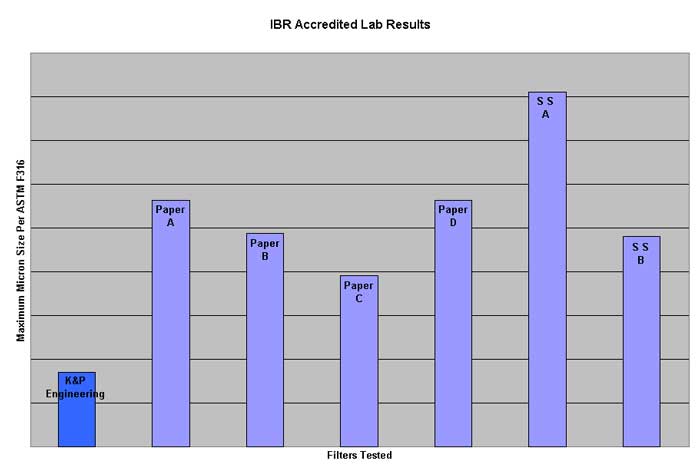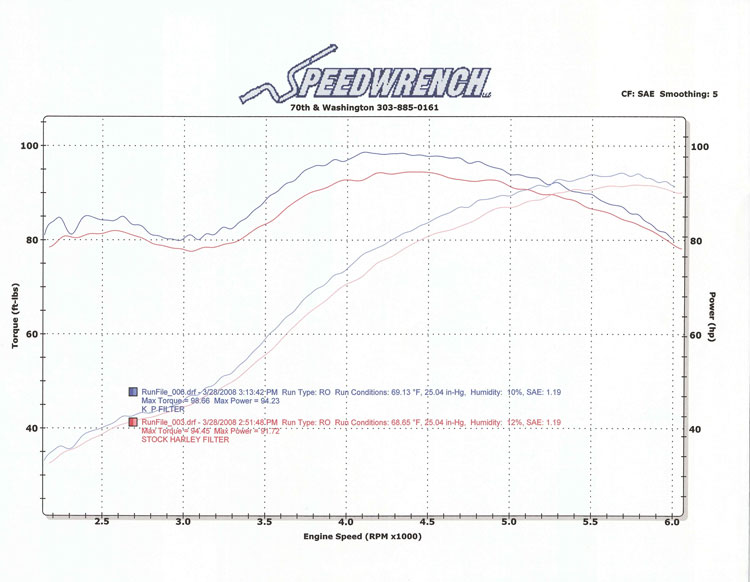Accredited Lab Testing
Dyno Comparison
|
Additional Testing / Information Sources www.oilfilterstudy.com This site has actual test results on various filters. A special point of interest is the disparity in what you may read on the filter packaging for micron sizes, vs. what was actually found to be the size of particles passed by a particular filter. Even though a filter may be advertised at 10 microns, they can and do pass particles much larger than that. Hence the value of actual lab testing. Beware of some of the other “studies” you may find on the internet where they cut apart some oil filters and make a bunch of assumptions based on what they see inside. Appearances can be deceiving. For example, just because a filter has a mile of surface area, one might be tempted to state that it is a much better filter because of the larger surface area. But if the filter material is bunched so tightly together that the pleats are touching, the filtering capability of the pleats is eliminated and the “effective” surface area has been reduced to just the outside circumference of the filter element. Flow and filtering capacity is now greatly reduced. So if you read that a particular filter is good or bad be sure it is backed up with valid testing, not just someone’s opinion. This site is a great primer for knowing what makes oil work and what happens to it over time. Want to do a little of your own testing? Here is a test you can perform without the expense of paying an independent lab. To compare the general flow rates of filters:
|
|
|







